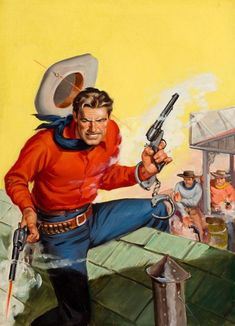 Sam Cherry art, c 1940
Sam Cherry art, c 1940
It’s hard, damn hard.
Most of the time you have three things:
- Your cover;
- Your Look Inside;
- Your blurb.
It’s that last one we’ll talk about today.
An Amazon blurb is nothing more than the product description. It’s what potential buyers read when they want to know what it is you’re selling.
For books, think of it like that short bit on the back cover, the kind you’d read over when you still bought books at the bookstore.
I remember spending a lot of time in the fantasy section of Waldenbooks back in the 90s. I’d pick up this book, pick up that book, gaze at their covers fondly, and read the back.
All of that would take a long time, and for good reason – a book was about $7 to $9 and I could only get one.
So I did my homework, and for a young teen or pre-teen, that meant staring at covers, reading the back, and wondering…which of these is the best?
Readers are doing that on Amazon today, but for eBooks we call that back cover a blurb.
You need to get that blurb the best it can be.
How do you do that?
The first thing I’m going to do is go to Amazon’s Kindle section for books. I’ll find the Westerns genre and all of its subgenres, which look like this:
From there I’ll click onto the relevant subgenres. I say relevant because I know things like “Frontier & Pioneer” are taken up largely by romance novels. That’s not my audience so I won’t waste my time there.
What I will do is check out “Classic” and the main “Westerns.” That’s where the top books are ranked, and those pages look like this:
What I’m showing you are the top 20 books, though just the first few in this screenshot. This is where most readers will look.
Many won’t look past those Top 20, so you want to be there.
Here are a few authors that I’ll check out:
Click on those links to see the authors I’m talking about, and all their books.
I know these are top authors from the 6 months I’ve been ranked in the Top 10 for Westerns – Horror.
What I want to do is look at the blurbs for those top-ranked books. This will tell me the following:
- Length of the blurb;
- Keywords in the blurb;
- Categories in the blurb;
- Proper nouns in the blurb;
- Hook of the blurb;
- Call to action of the blurb;
- Amount of story given away in blurb.
From there I can start to craft my own blurb. Here’s how I’ll do that:
- Length: Based on the blurbs you see below, I’ll figure out the proper length for my book’s blurb. Personally, I think these books are a bit long, except for Legg and Cunningham. Louis L’Amour category books are even shorter.
- Keywords: You get 7 keywords from Amazon, but that doesn’t mean you have to put them in your blurb. Many authors have some, however. What are the main keywords that these authors are using? Usually these aren’t in the blurb and I don’t see any for these top books.
- Categories: You get 2 categories from Amazon. These correspond to the list we saw above, such as “Classic” and “Frontier & Pioneer.” I don’t see those in any of these top books.
- Proper Nouns: These are words that can be keywords but which will usually not come up in search. What I mean is, readers will rarely type them in. For the most part, these can help with people already reading the blurb and deciding if they should buy. Looking at the 5 blurbs below I see that we have Confederacy, US Marshall, Oregon, Missouri, Apache, Idaho, Pacific ocean, mountain cabin.
- Hook: How do these popular authors hook a reader with their blurb? One has a widow about to die by Indians and one has a quest for gold. Quite a few don’t have much at all.
- Call to action: One uses ellipses to trail off, and I’m not sure that convinces your reader to buy. Well, this is a top book, so maybe. Others have “the likes of which you’ve never seen” and that’s about it. You get buildups, not a “buy this now.” Remember, these are bestselling books – no need to pander.
- Amount of story: So how much is given away? You want to hook your reader, after all, not tell them all. Most of the books listed here seem to give away the first act and the inciting incident. They’re wetting the reader’s appetite, making them eager for more. They’ll get a bit more in the Look Inside (especially the print version) and that might cause them to buy.
Alright, here are some books and their blurbs.
Don’t feel that you have to read them, but maybe it’ll help you understand this process better if you do.
While you’re looking at your subgenres and the top books in them, I highly encourage you to make the following list:
When I do this I know what I need to rank as in order to keep up the continual visibility that being on the Top 100 charts of Amazon brings.
Clearly the easiest categories to rank in are Classic, Science Fiction, and Horror. For that last one I only need to sell one book a month to rank (at the bottom), or close enough.
If you know that information you’ll also know what you need to do in order to boost that ranking with a promotion.
Really, though – I’m constrained by this category.
- First, many subcategories are romance-dominated, meaning that I’ll never be able to compete with those “women-friendly” books. My books would not appeal to those female readers, for the most part.
- Next, Louis L’Amour is not a category I want to play with. I could offend readers, people that will give me a bad review just for being there.
- Then, Christian is another romance-dominated subcategory and Short Stories doesn’t apply to novels. Sure, I could put my books in the latter, but again, it’s just not the right spot for them.
- Finally, Classics and Westerns are where it’s at, but since you’re already in the Westerns category you don’t need to waste keywords. Instead focus on these smaller categories, and think about branching out into something else. I like Native American as it goes with my books and gets me even more visibility, often with a different demographic, though one that’s still interested in what I’m doing.
Conclusion
I’ve managed to do that somewhat, but if I want some real staying-power I need to craft my book’s message so it follows a message similar to these books.
When I can do that I’ll better convince readers that my book is the one they should pick up.
Just like with those bygone days at Waldenbooks, I need to convince those Amazon shoppers that my book is the one they want to buy, not the other guy’s.
Blurbs help with that. Find some commonalities and characteristics of all the blurbs in your genre.
It’ll make it a lot easier to craft that perfect blurb of your own.

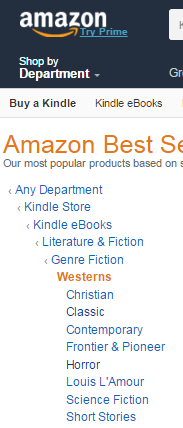
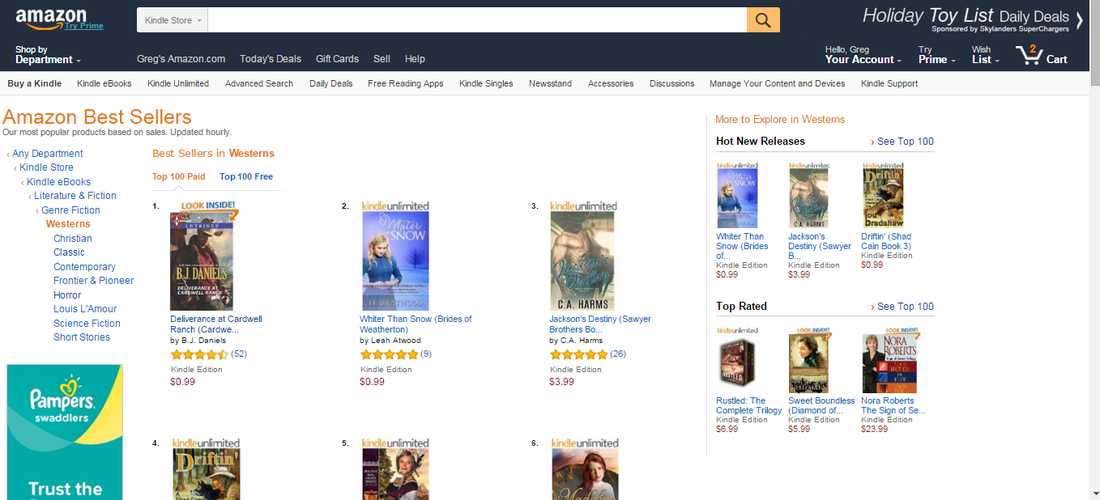
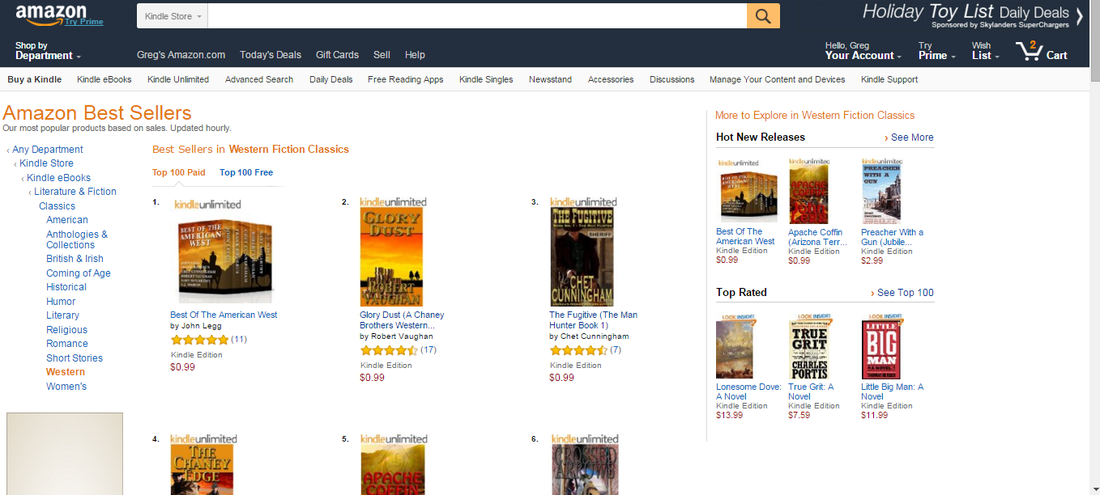
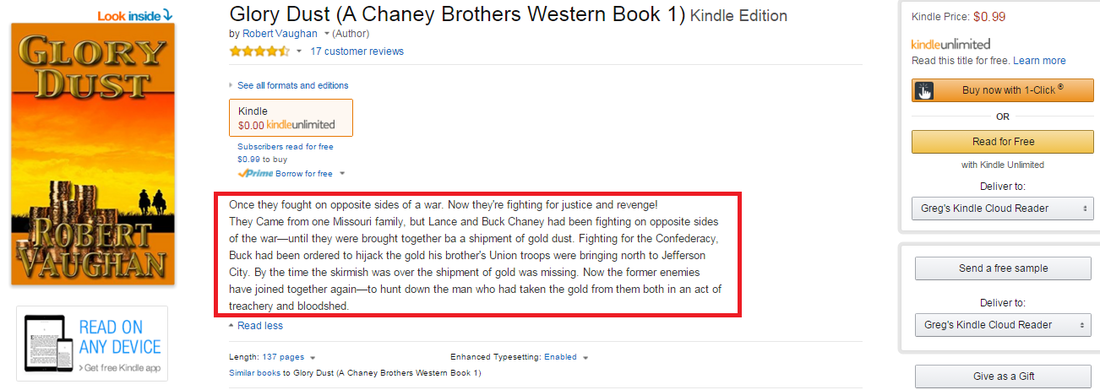


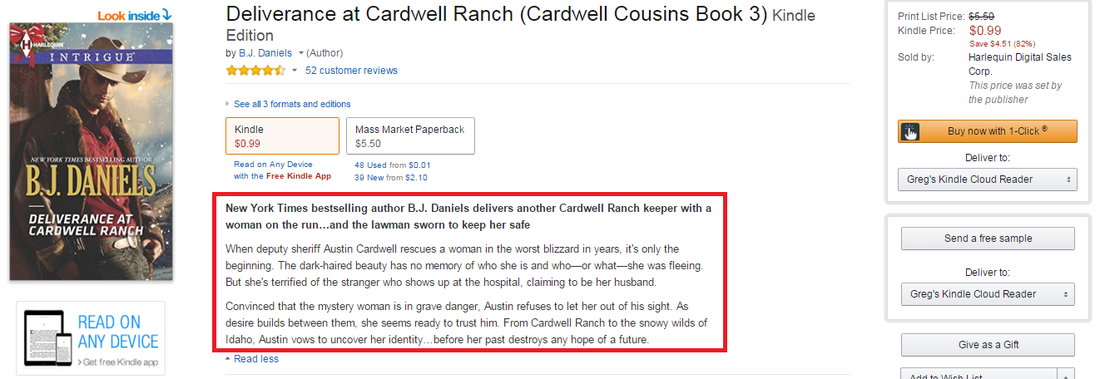
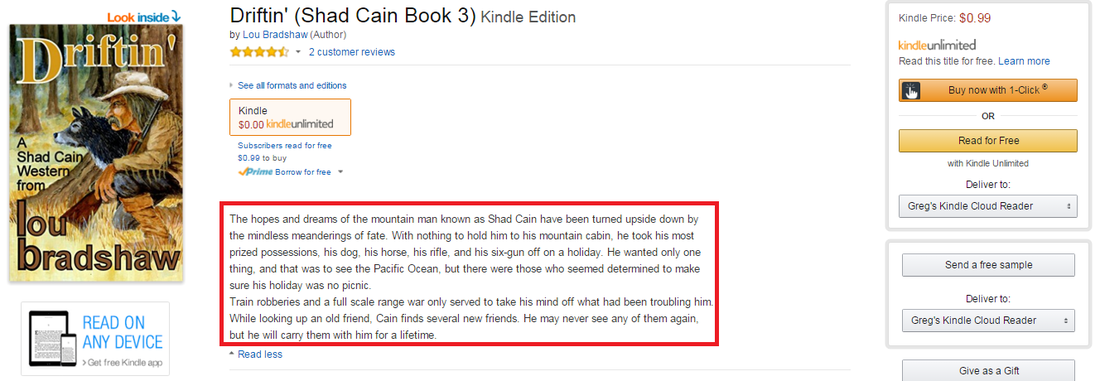
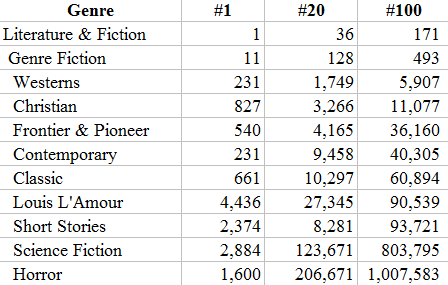

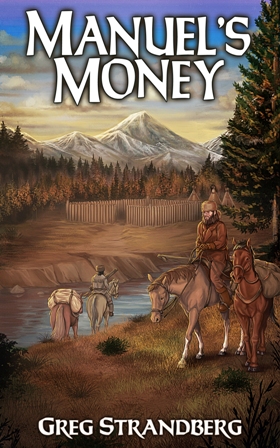
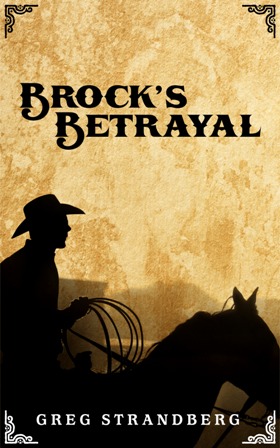
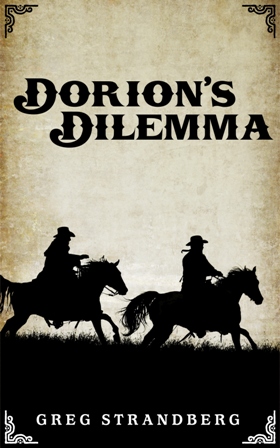
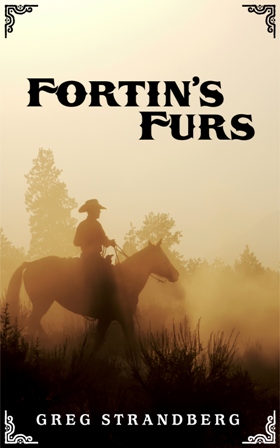
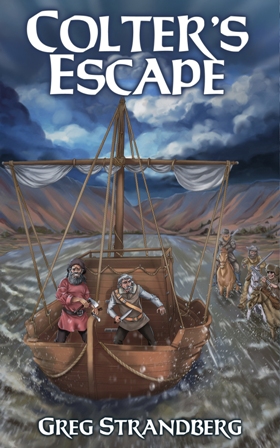
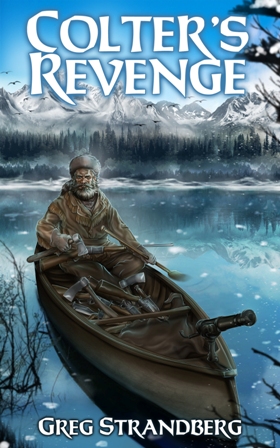
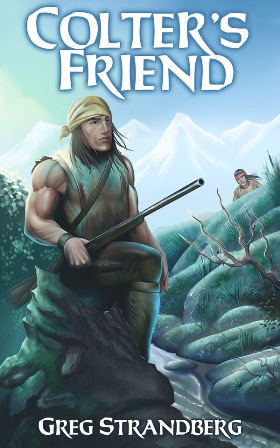
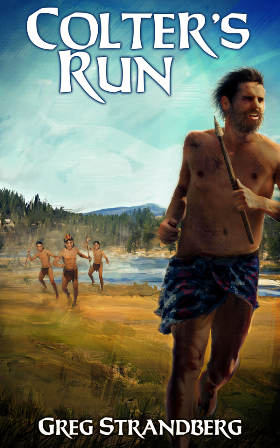
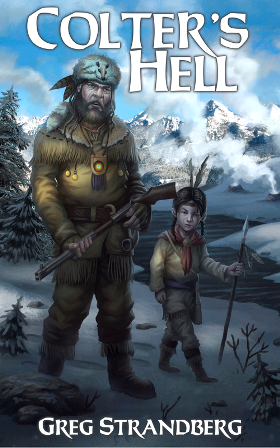
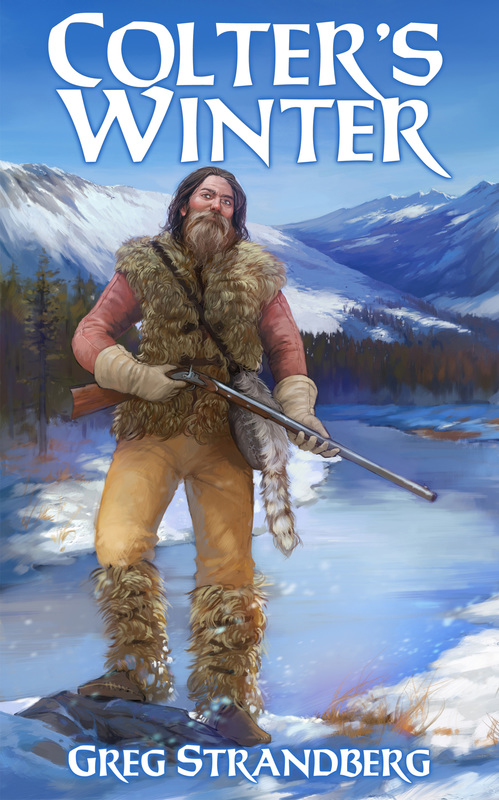
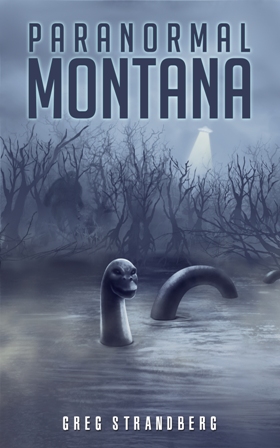
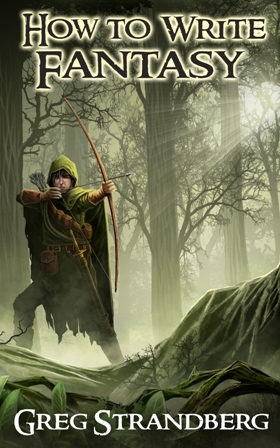

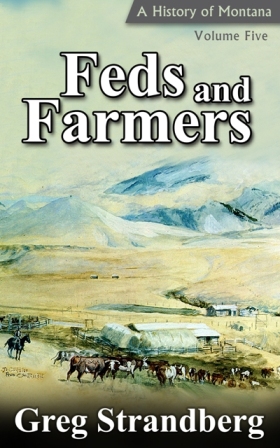
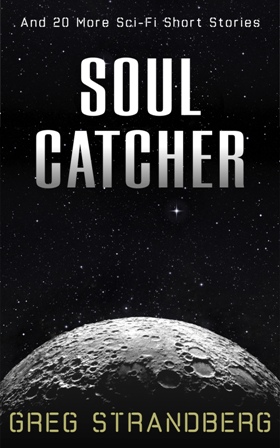
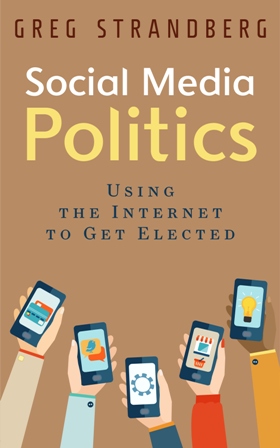
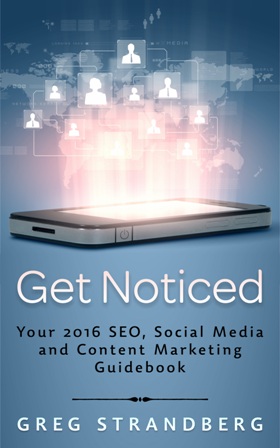
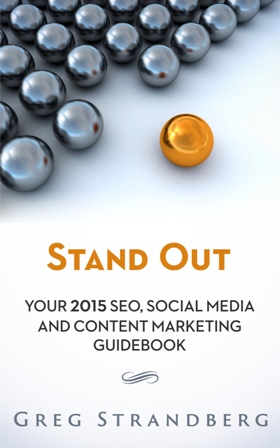
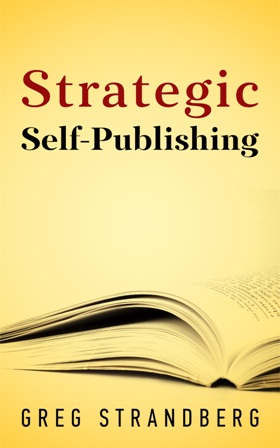
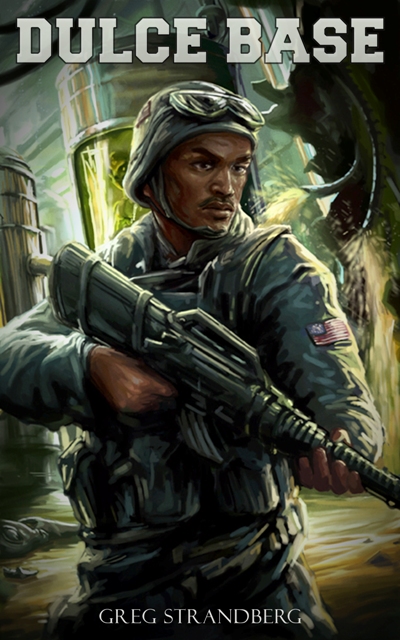
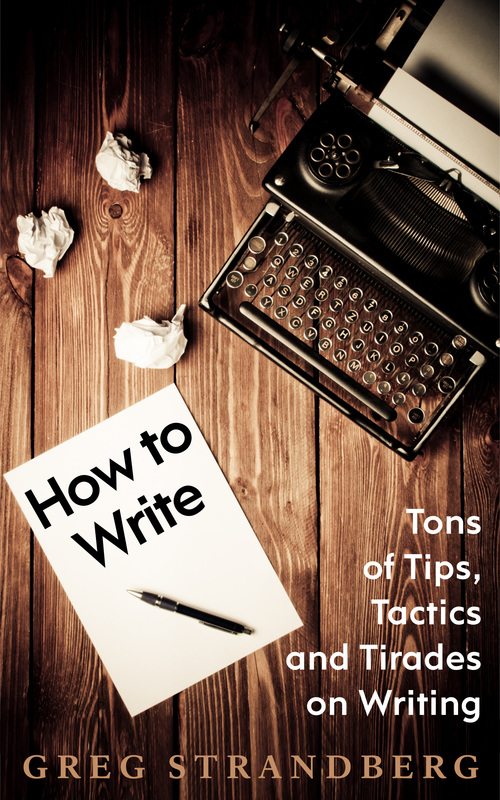
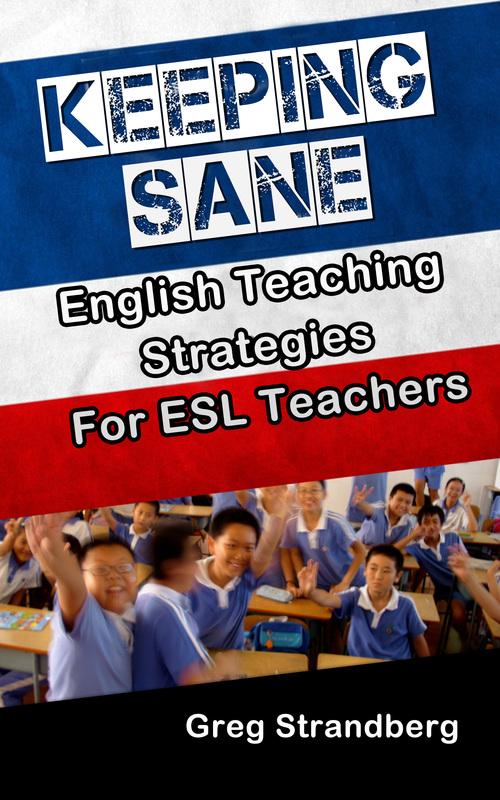
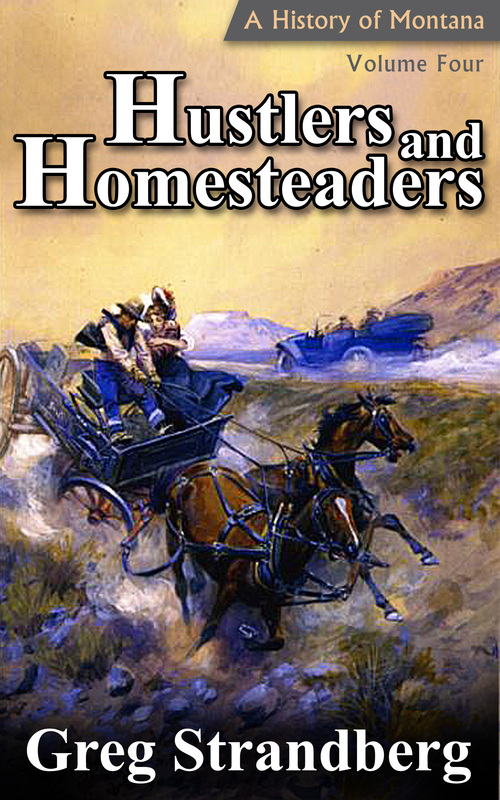
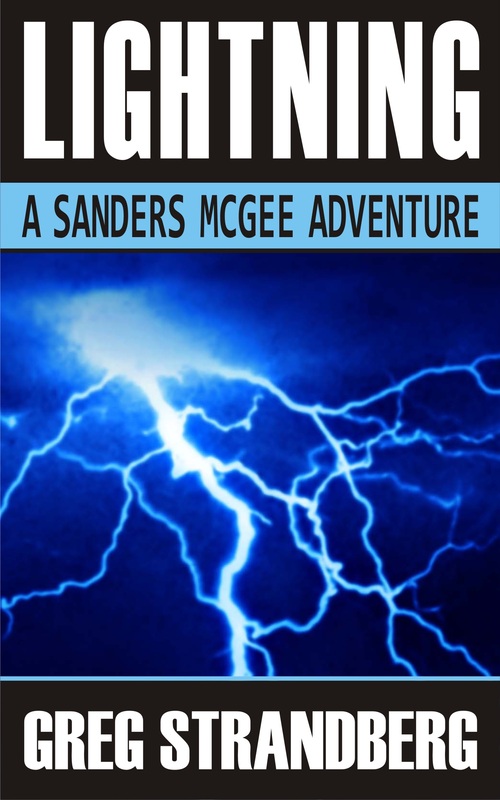
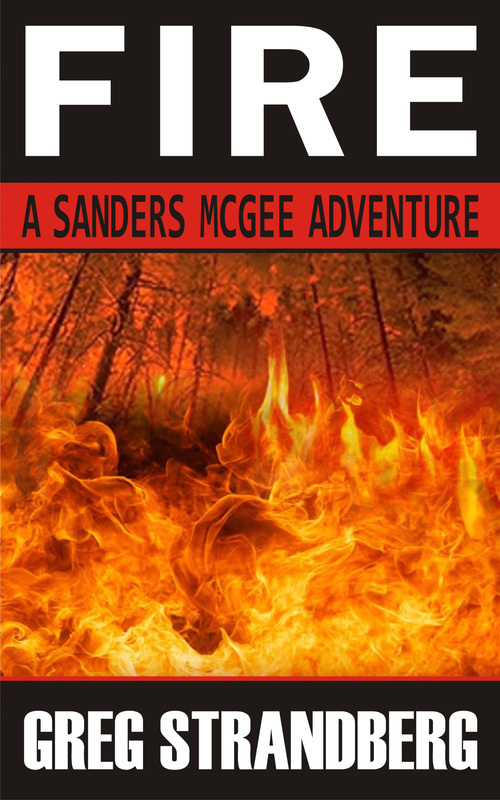
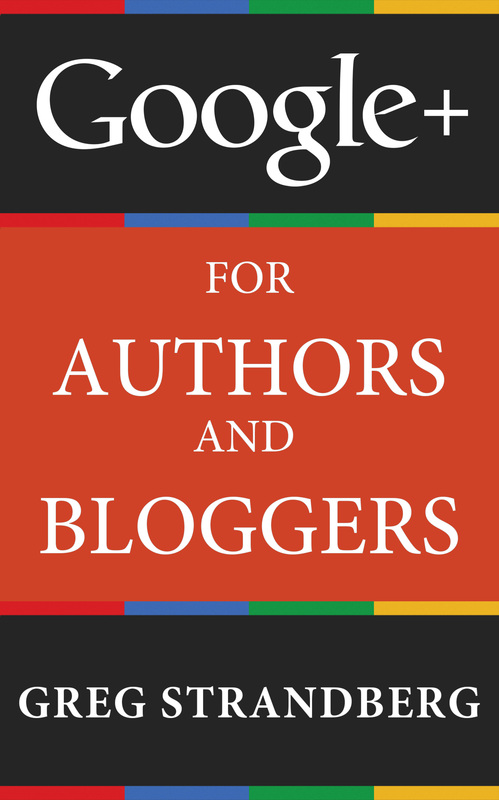
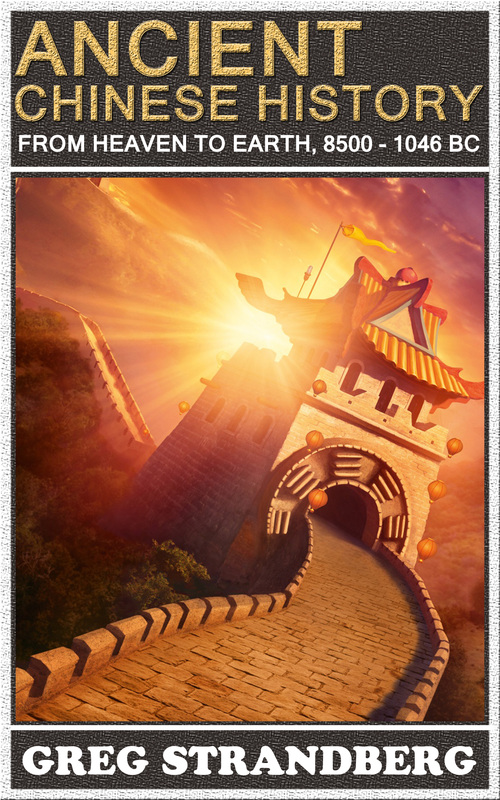
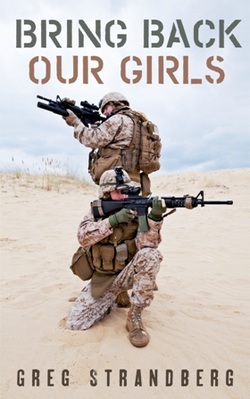
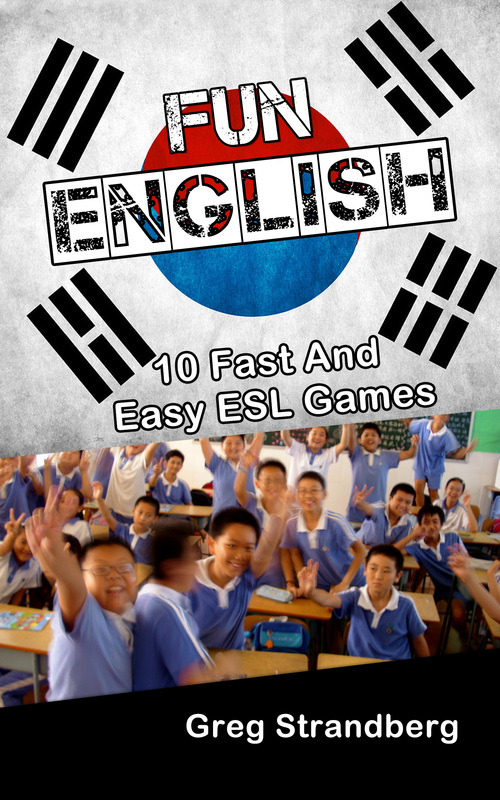
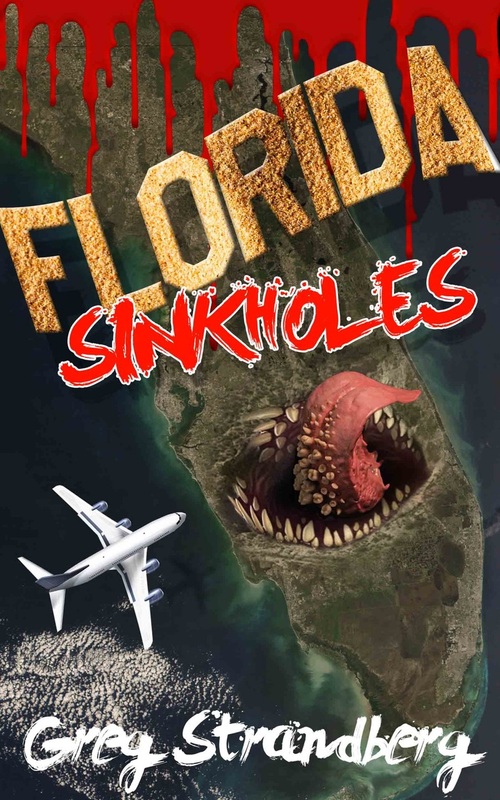
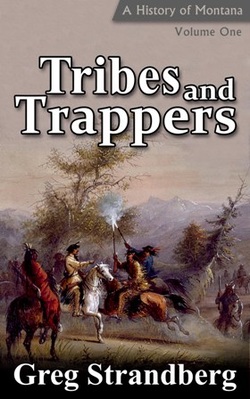
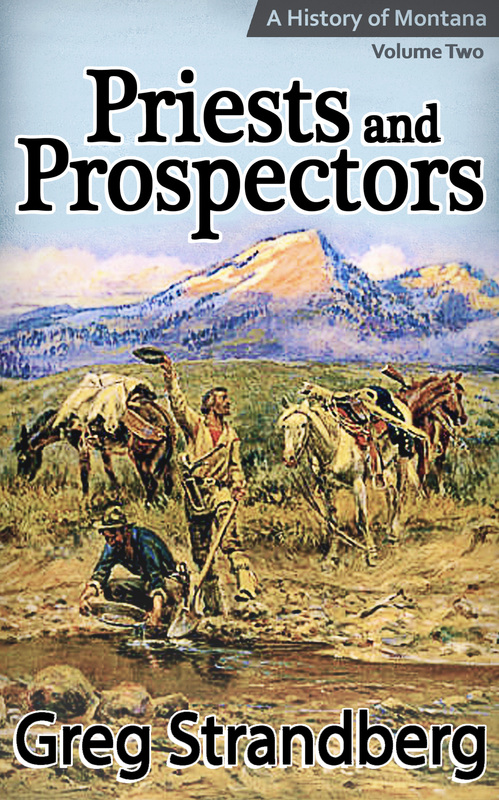
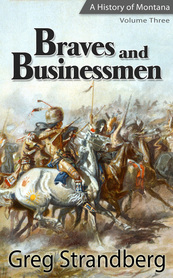
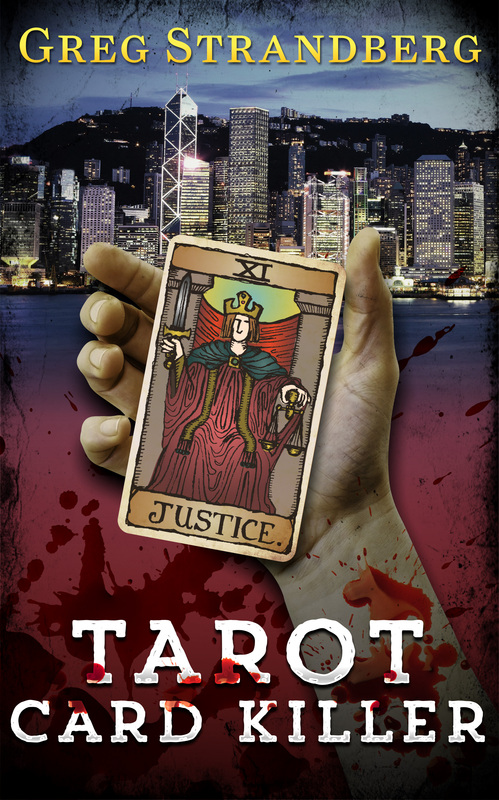
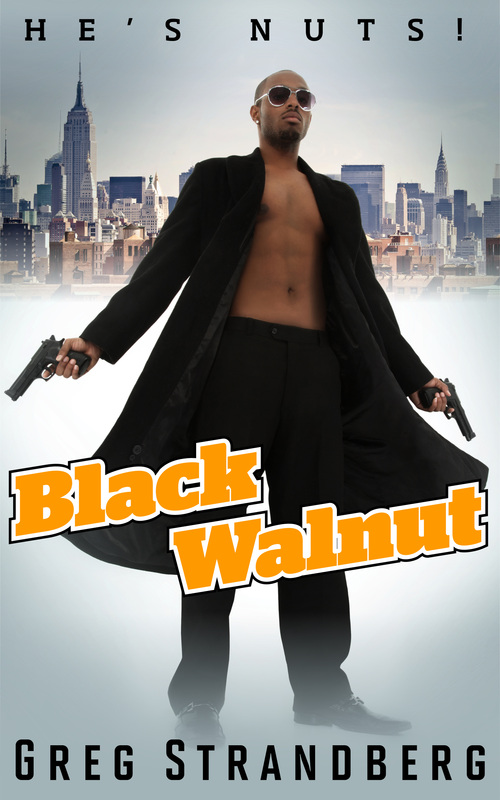
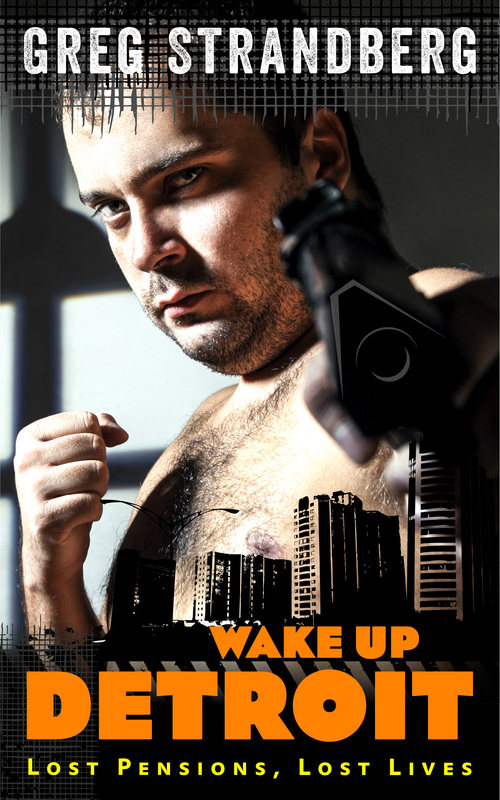
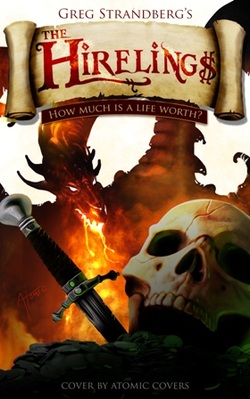
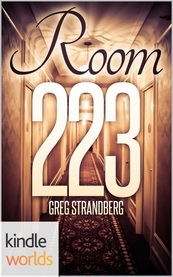
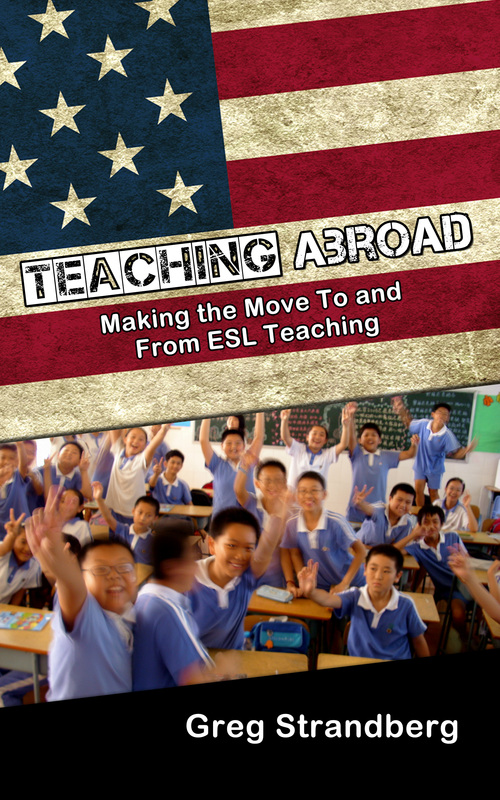
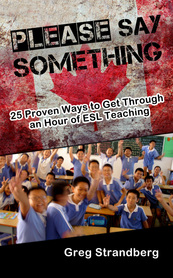
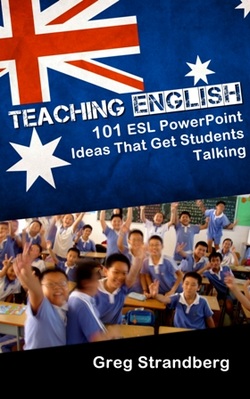
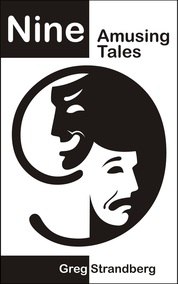
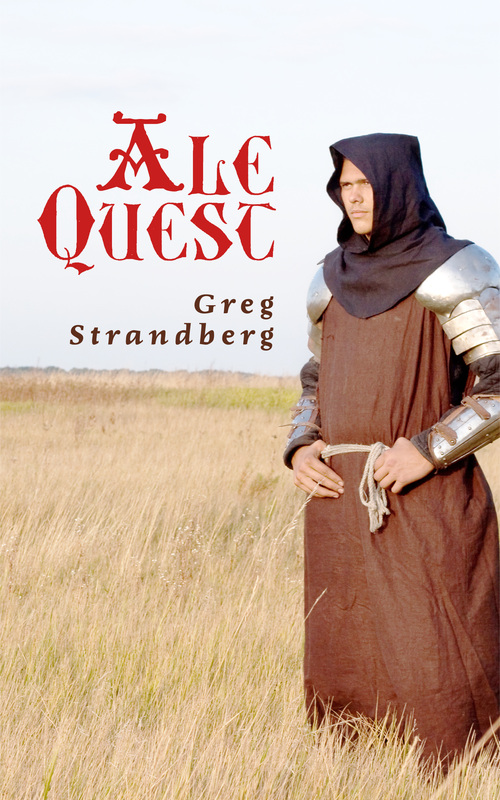
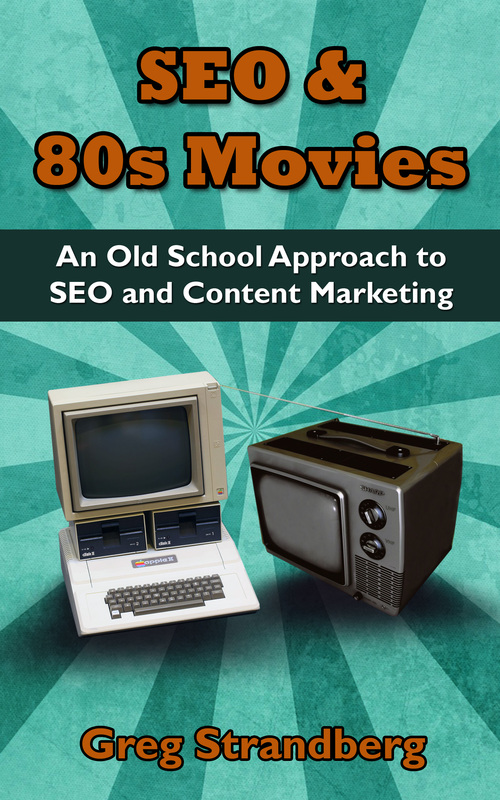
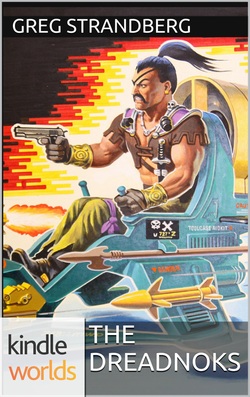
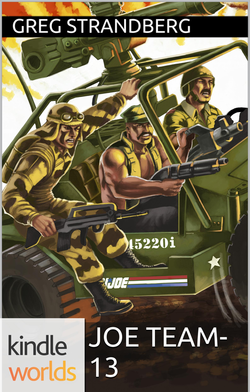
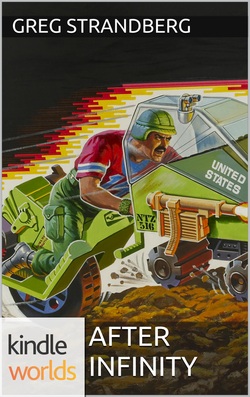
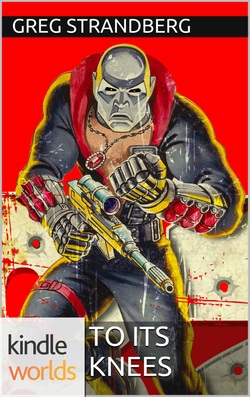
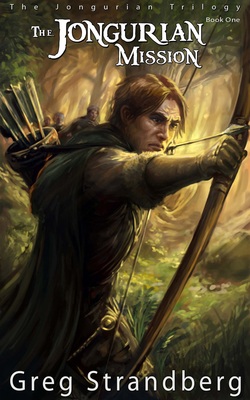
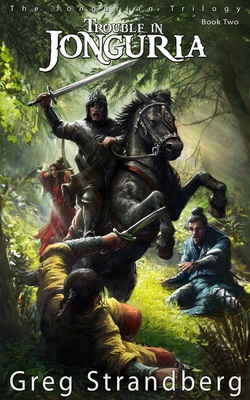
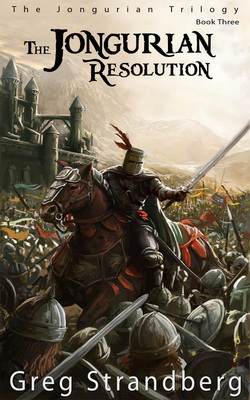
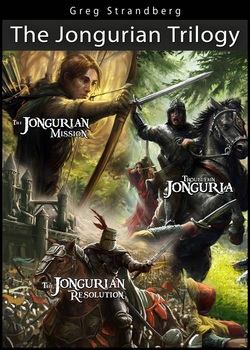
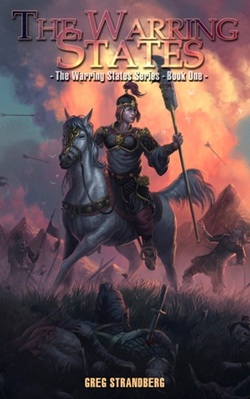
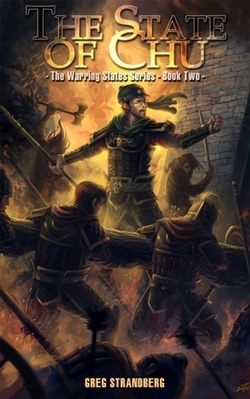
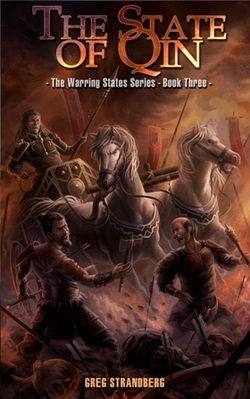
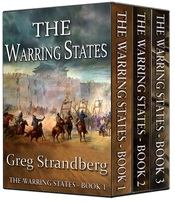
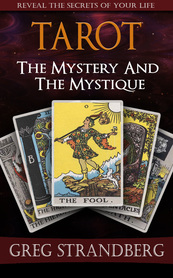
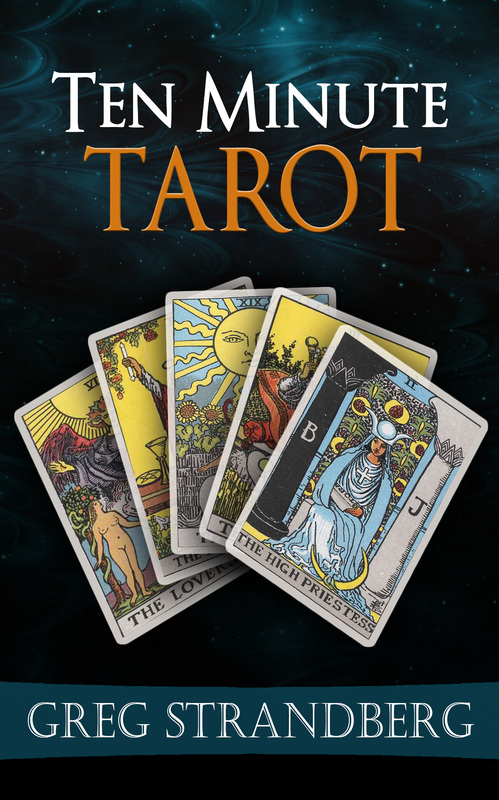
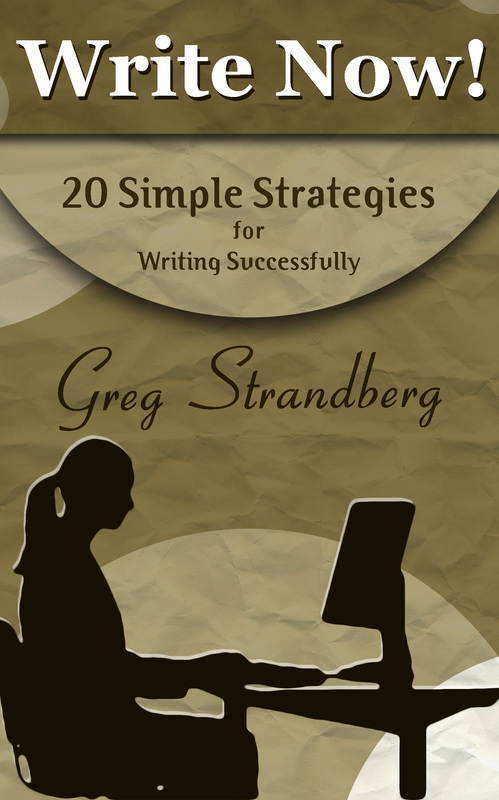
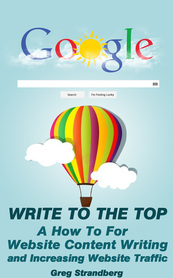
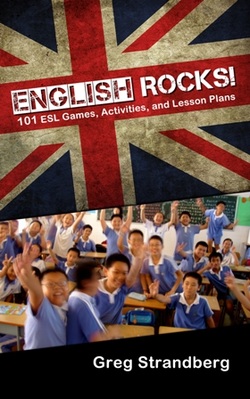
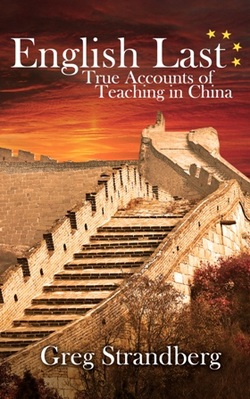
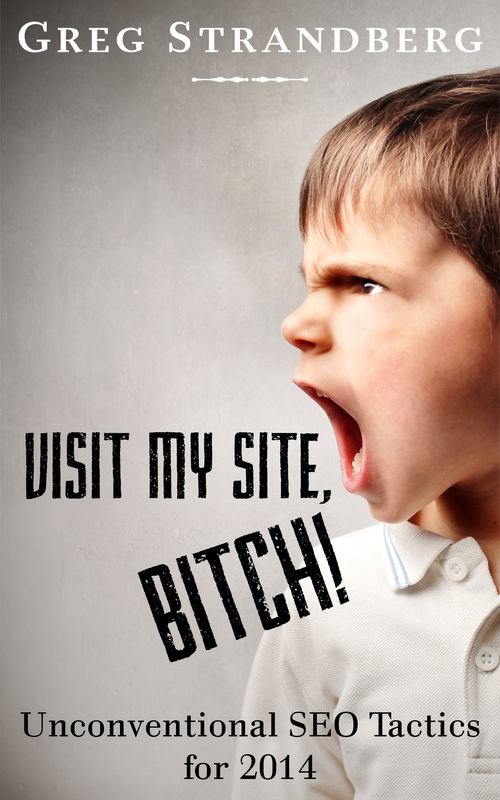
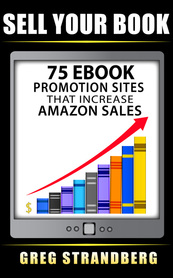
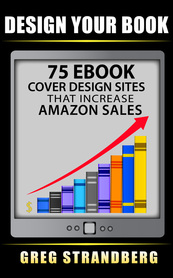
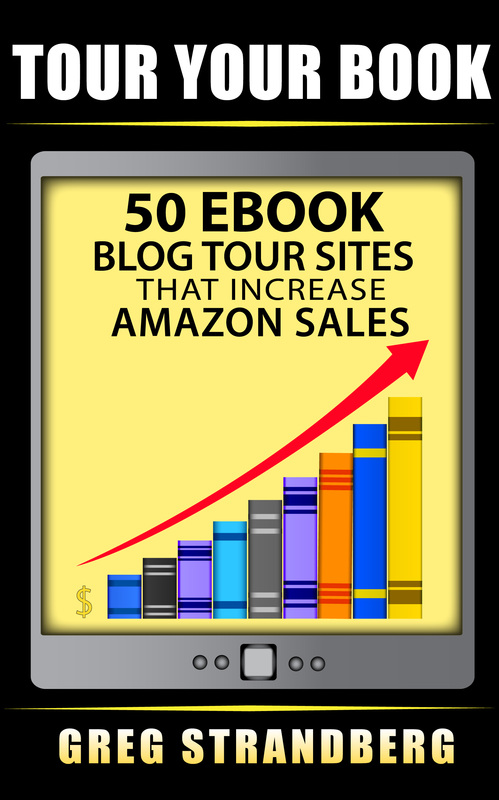
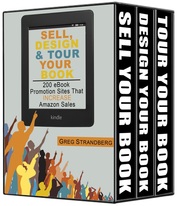
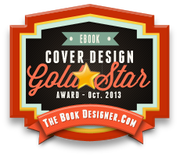

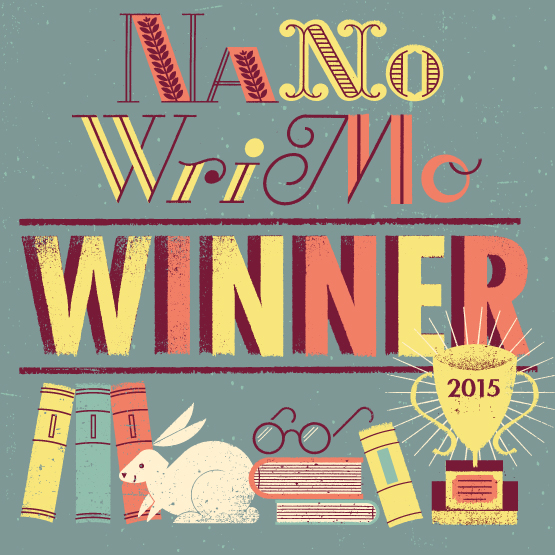
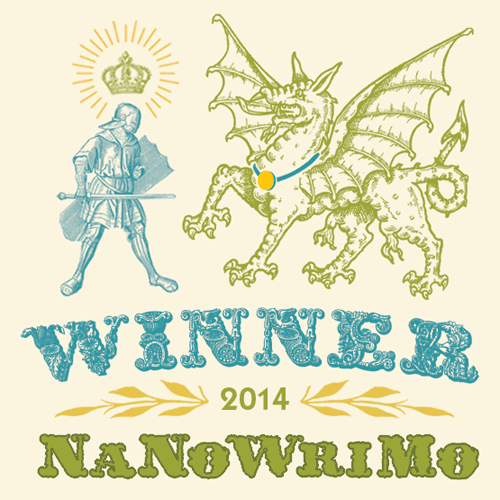
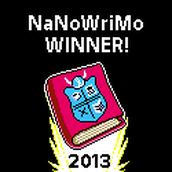
 RSS Feed
RSS Feed